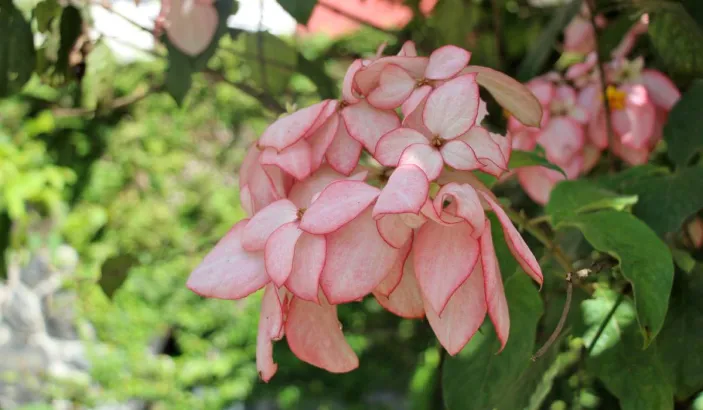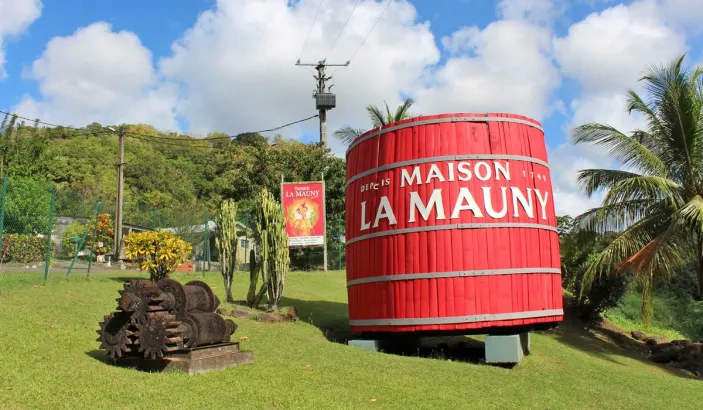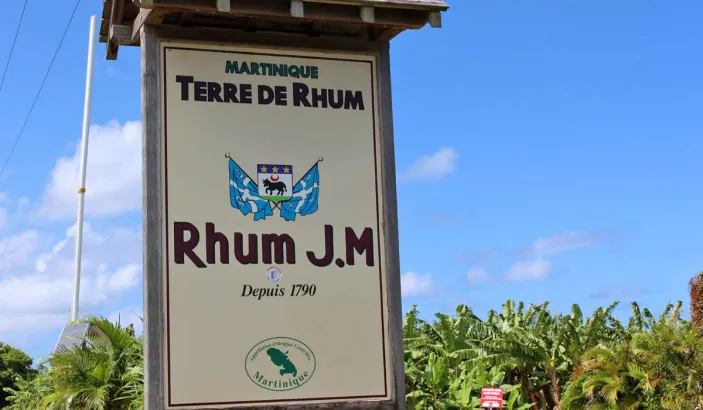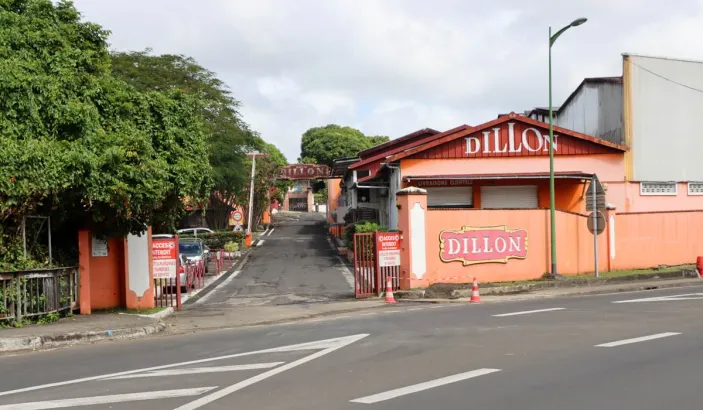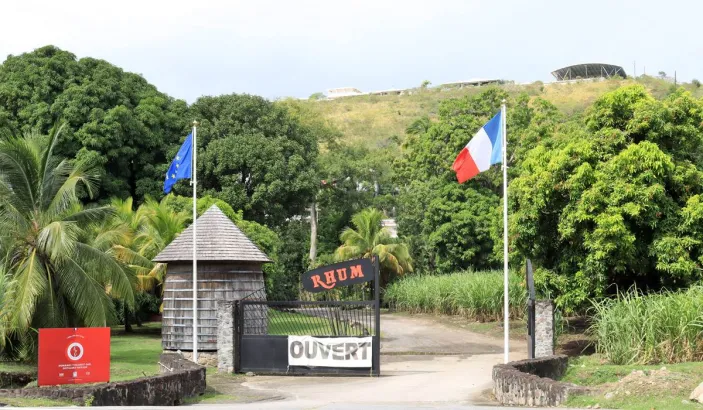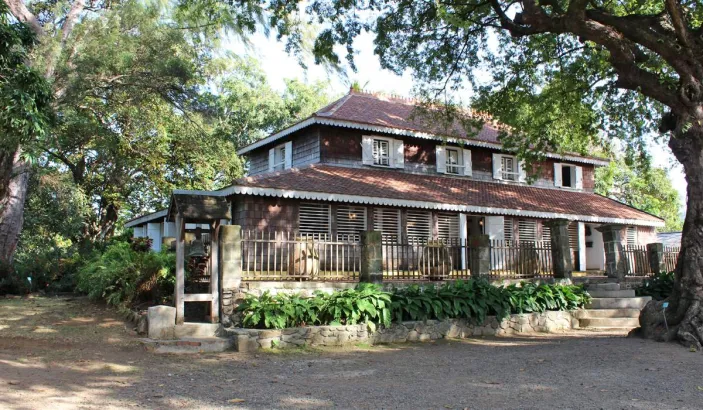Habitation Saint-Étienne
Habitation Saint-Étienne, or H.S.E., is a distillery built to replace an old sugar mill, La Maugée, covering more than 400 hectares from Gros-Morne to Saint-Joseph.
In 1882, the distillery was bought by Amédée Aubéry, a young captain of industry who became one of the iconic figures of the Martinican economy. Towards the end of the 19th century, faced with the sugar crisis, it was converted into a distillery, like many sugar plantations of the time.
Amédée Aubéry expanded the factory and gave it a remarkable façade with 28 arched windows, ensuring optimal ventilation of the building. He modernized the entire facility to maximize rum production efficiency.
In 1909, the distillery was bought by the Simonnet family, who developed the business until its decline in the late 1980s. In 1994, Yves and José Hayot took over the operation, relaunched the Saint-Étienne brand, and undertook the restoration and enhancement of the architectural heritage of the property.
Today, although rum distillation no longer takes place (since 1988), it continues to produce rums, known as HSE rums. Its preserved architectural ensemble is one of the best examples of the housing system in Martinique, offering a glimpse into life in the 19th century. The master's house and the former slave huts, later used by paid workers, have survived for two centuries and are open to visitors.
The site is listed in the Supplementary Inventory of Historic Monuments (I.S.M.H.). During the tour, you can see how HSE rum is produced, including the barrel storage system and bottling process, before tasting the rums made on site. Numerous exhibitions are held there throughout the year.

